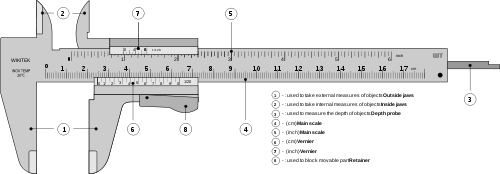PHYSICS FOR SPM EXAMINATION
It seems that most of you are searching through the net for tips and Soalan Bocor. Well, i can tell you this, don't rely on soalan bocor, you will never find it. It is guranteed that there will be no idiot who will post soalan bocor in the net. First off, it is illegal to do so and the setence can reach up to 10 years of imprisonment if caught. Secondly, internet can be tracked back to the poster's IP address and he or she will not escape the law. Thirdly, which one do you think is the real SPM bocor as everyone is avocating their own Bocor soalan is the original to trick you to their website so that they can earn some money. In conclusive, stop searching for bocor. I was once a SPM student so I know.
Here's some tips for you. I advise you to stop searching for the soalan bocor and start recaping all the things you have learnt.
Ask yourself which one is your weakest subject. SEJARAH. Most of you will answer that. Well, there nothing i can do for you in sejarah but i can tell you a little bit about physics. In physics, what will come out definitely is logic gates, radioactive(the usage of radioactive), half life, transformer, magnetic induction, specific heat capacity and latent heat( memorize the two formula is enough),
and pressure(achimedes, boyle, pascal, bernoulli, charles, and gas law), and force.
I'll give you a quick review to you later and you have to ask yourself whether you know what am i reviewing, if yes, than you're good. If no, learn up what i review for you. The chapters i mention just now is not a guess, it is an universal truth of Malaysian SPM Physics. They have to come out with those chapters because they have to, if not, they will have no question.













